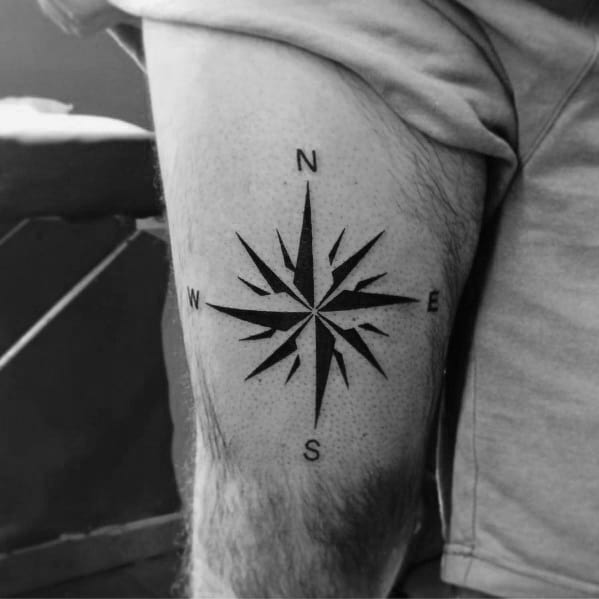Physical Therapy for Soldiers

Introduction to Physical Therapy for Soldiers

Physical therapy plays a crucial role in the rehabilitation and recovery of soldiers who have been injured in combat or during training exercises. The primary goal of physical therapy is to help soldiers regain their strength, mobility, and functional abilities, enabling them to return to their duties or transition to civilian life. In this blog post, we will delve into the world of physical therapy for soldiers, exploring the various techniques, treatments, and benefits that this field has to offer.
The Importance of Physical Therapy for Soldiers

Soldiers often face unique challenges that can impact their physical and mental health. Injuries sustained in combat, such as gunshot wounds, blasts, and falls, can result in complex conditions that require specialized care. Additionally, repetitive strain injuries and overuse syndromes can occur due to the physical demands of military training and operations. Physical therapy is essential in addressing these issues, as it helps to: * Reduce pain and inflammation * Improve range of motion and flexibility * Enhance strength and endurance * Promote functional mobility and independence * Support mental health and well-being
Techniques and Treatments Used in Physical Therapy for Soldiers

Physical therapists use a variety of techniques and treatments to help soldiers recover from injuries and manage chronic conditions. Some of these include: * Manual therapy: hands-on techniques such as massage, joint mobilization, and soft tissue mobilization to promote relaxation, reduce pain, and improve mobility * Exercise therapy: tailored exercise programs to improve strength, flexibility, and endurance * Modalities: heat, cold, ultrasound, and electrical stimulation to reduce pain and inflammation * Gait training: teaching soldiers how to walk and move safely and efficiently * Balance and proprioception training: improving balance and coordination to reduce the risk of falls and injuries
Benefits of Physical Therapy for Soldiers

The benefits of physical therapy for soldiers are numerous and well-documented. Some of the most significant advantages include: * Improved functional abilities: physical therapy helps soldiers to regain their independence and perform daily activities with ease * Reduced pain and discomfort: physical therapy techniques and treatments can significantly reduce pain and inflammation, improving overall quality of life * Enhanced mental health: physical therapy can help to reduce stress, anxiety, and depression, promoting overall mental well-being * Increased mobility and flexibility: physical therapy helps to improve range of motion, reducing the risk of further injury and improving overall mobility * Supports transition to civilian life: physical therapy can help soldiers to transition to civilian life by improving their physical and mental health, and enhancing their overall well-being
Challenges Faced by Physical Therapists Working with Soldiers

Physical therapists working with soldiers face a unique set of challenges, including: * Complex injuries: soldiers often present with complex and severe injuries that require specialized care and attention * Limited resources: physical therapists may have limited access to resources, such as equipment and facilities, in combat zones or remote areas * Cultural and language barriers: physical therapists may need to communicate with soldiers from diverse cultural backgrounds, which can present challenges in terms of language and cultural understanding * High stress environment: physical therapists may work in high-stress environments, such as combat zones, which can impact their own mental health and well-being
💡 Note: Physical therapists working with soldiers must be aware of the unique challenges and complexities involved in caring for this population, and must be equipped with the necessary skills, knowledge, and resources to provide effective care.
Future Directions for Physical Therapy in the Military

The field of physical therapy is constantly evolving, and there are several future directions that are likely to impact the care provided to soldiers. Some of these include: * Telehealth: the use of technology to deliver physical therapy services remotely, which can improve access to care and reduce costs * Personalized medicine: the use of genetic and genomic information to tailor physical therapy treatments to individual soldiers’ needs * Robotics and assistive technology: the use of robots and assistive devices to enhance mobility and functional abilities in soldiers with severe injuries * Integrative health: the incorporation of complementary and alternative therapies, such as acupuncture and mindfulness, into physical therapy practice
Current Research in Physical Therapy for Soldiers

There is a significant body of research dedicated to physical therapy for soldiers, with studies focusing on topics such as: * Injury prevention: the development of strategies to prevent injuries in soldiers, such as exercise programs and equipment design * Rehabilitation outcomes: the evaluation of rehabilitation outcomes in soldiers, including functional abilities and quality of life * Mental health: the impact of physical therapy on mental health outcomes in soldiers, including stress, anxiety, and depression * Technology: the development and evaluation of new technologies, such as prosthetics and exoskeletons, to enhance mobility and functional abilities in soldiers
| Topic | Description |
|---|---|
| Injury Prevention | Development of strategies to prevent injuries in soldiers |
| Rehabilitation Outcomes | Evaluation of rehabilitation outcomes in soldiers, including functional abilities and quality of life |
| Mental Health | Impact of physical therapy on mental health outcomes in soldiers, including stress, anxiety, and depression |
| Technology | Development and evaluation of new technologies, such as prosthetics and exoskeletons, to enhance mobility and functional abilities in soldiers |

In summary, physical therapy plays a vital role in the rehabilitation and recovery of soldiers, helping to improve functional abilities, reduce pain and discomfort, and enhance mental health and well-being. By understanding the techniques, treatments, and benefits of physical therapy, as well as the challenges and future directions of this field, we can better support the health and well-being of our military personnel.
What is the primary goal of physical therapy for soldiers?

+
The primary goal of physical therapy for soldiers is to help them regain their strength, mobility, and functional abilities, enabling them to return to their duties or transition to civilian life.
What techniques and treatments are used in physical therapy for soldiers?

+
Physical therapists use a variety of techniques and treatments, including manual therapy, exercise therapy, modalities, gait training, and balance and proprioception training, to help soldiers recover from injuries and manage chronic conditions.
What are the benefits of physical therapy for soldiers?

+
The benefits of physical therapy for soldiers include improved functional abilities, reduced pain and discomfort, enhanced mental health and well-being, increased mobility and flexibility, and support for transition to civilian life.



